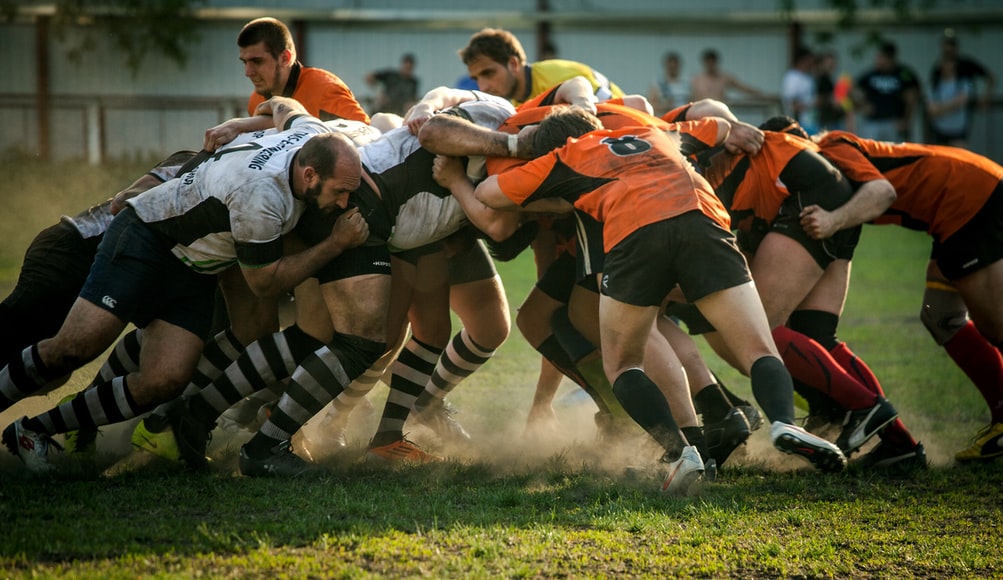The NRL is one of Australia’s favourite leagues, but many casual supporters wouldn’t know a prop from a five-eighth. That’s why we’re going to help out, and fill you in all of the NRL player positions, what exactly they entail and which is the hardest to play.
The Forwards
Of the 13 players on a rugby league team, six of them are defined as forwards. These six positions are traditionally split into a front row — which includes two props and the hooker or dummy half — and the back row — which includes two second row forwards and the lock.
Typically, forwards are big, strong and spend plenty of time in the thick of the action. From a defensive perspective they are expected to make a whole lot of tackles, while offensively they regularly have the ball in hand and are generally responsible for the small gains in metreage which personify the game of rugby league. While that is the basis of what they do, each position does have a unique role, perhaps the most notable among them being that of the dummy half to recommence play after a play-the-ball.
The Backs
Now to the backs, of which — you might have already guessed — there are seven. These are the full back, two centre three-quarters, two wing three-quarters, the five-eighth and the halfback.
In contrast to the forwards, this grouping of players is typically faster, more agile and responsible for making plays. Once again, each of these positions has its own specific requirements. The fullback, for example, is defensively responsible for stopping opposing players who break the first line of defence, while offensively will return kicks and act as a support. The players in the three-quarters positions, in contrast, work in pairs on either side of the field, and are responsible for completing an attacking move. They need to be fast, agile and able to weave their way through tight spaces.
What is the hardest rugby position to play?
That depends who you ask. Players invariably tend to think that whatever position they play is the hardest, but there is certainly a fairly universal sympathy for the forwards, particularly those in the middle. These are the players who are consistently getting smashed into by the biggest players on the opposing teams, though that is somewhat offset by the fact that they, too, are generally among the biggest on their own team.
Hookers also merit plenty of consideration in the argument. They typically lay the most tackles throughout the course of a game and often, these tackles are on far bigger opponents. Combine those hits with a lot of running and you have a very difficult position to play.
From a pressure perspective, the fullback position is right up there as the most difficult. The importance of this role has been continually increasing over the past few years and many of the NRL’s best players carry the torch as their sides fullback. Add to that the fact that they have to stand under high kicks to make a catch, waiting like a sitting duck to be crunched by an opponent running at full speed, and there’s a definite case to be made for fullback as the hardest position.
Of course, if you’ve ever watched a game of NRL you’ll know that no position is easy. Each of them has a unique role to play and all are pivotal to the success of the team, but they do have one thing in common — regardless which of them you play, you’re going to wake up sore the day after the game.






